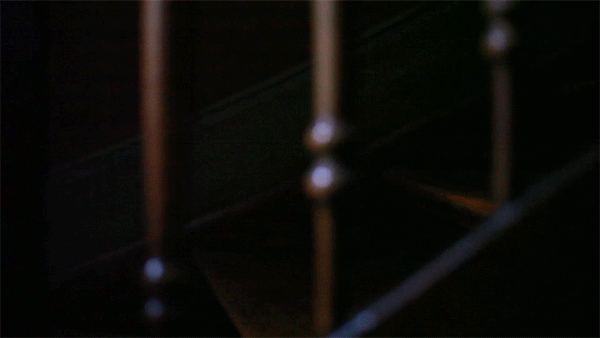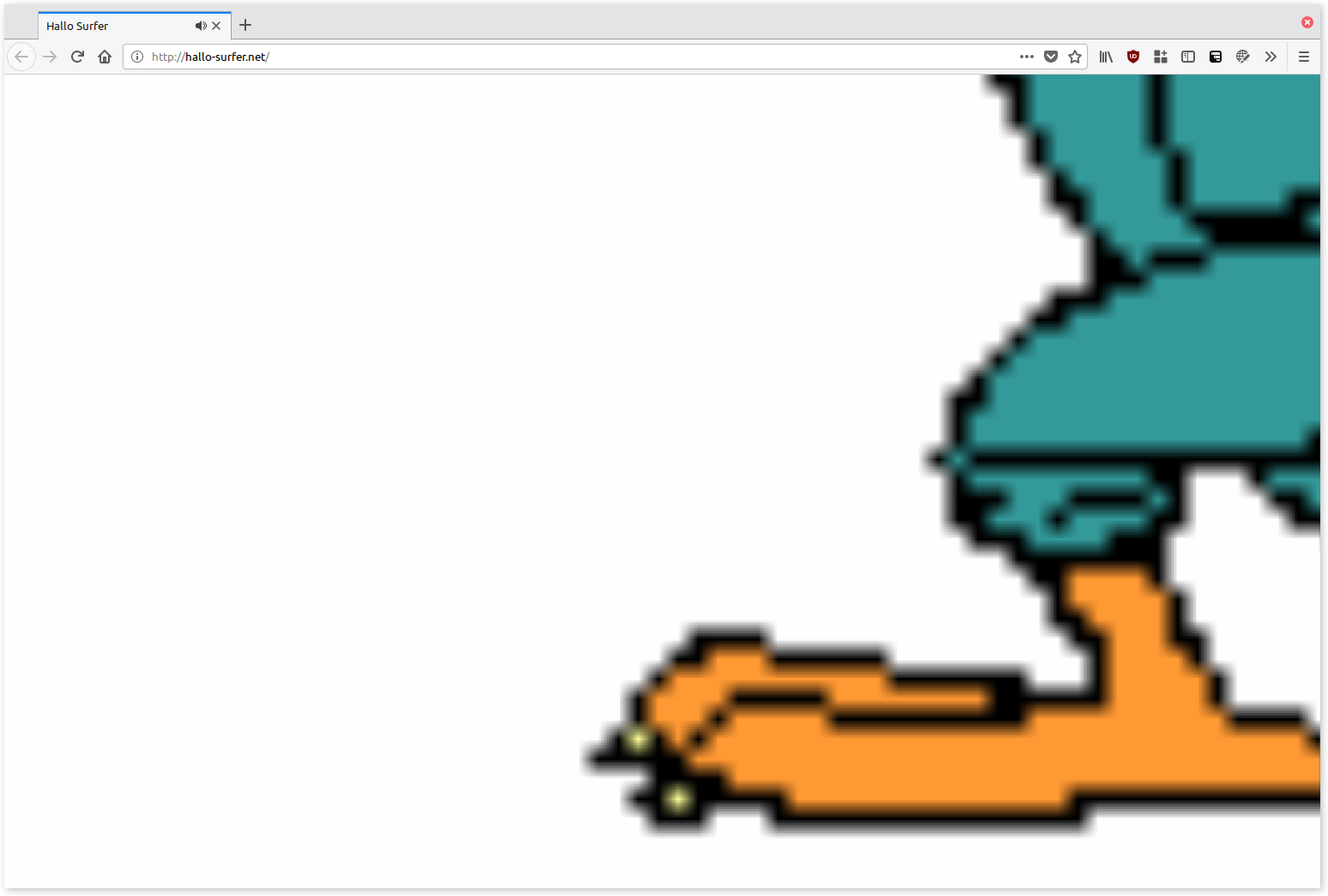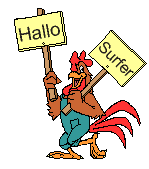
The work of pioneering artist, writer, and educator Olia Lialina has been fundamental to the development of internet-based artistic practices. Her work explores the medium-specific characteristics of the internet as a means of developing new modes of experimental film-making. Commissioned for the Art in the Age of the Internet website, “An Infinite Séance 3” is the third in a series of online essays animated by a selection of thematic web-based works by other artists. In Lialina’s formulation, an “infinite séance” is a looped screening—common in the presentation of video art in gallery spaces—and here she reflects on a group of works that stream online indefinitely.
— Jeffrey De Blois, Assistant Curator, Institute of Contemporary Art/Boston
“I left the mouse scrolling down overnight while I slept,
and I finally achieved the end of endless horse.”
— Incognito, May 2017
The WWW started as “pages”—texts to be read, edited, and linked. But, there was hardly ever a time when this analogy really made sense. Every update of the HTML standard, every new version of browser-made content appeared more dynamic, multimedia, “rich,” less paper-like, more like a projection screen. First metaphorically and then more substantially—when we started to open browsers to watch YouTube, Vimeo, Netflix, name yours.
And, even if we don’t take streaming video into account, websites today are largely cinematic. Moving images, soundtracks, special effects, three-dimensional spatiality, and immersion are turning what we once called pages into “wow experiences,” that we know from visiting movie theaters.
When I try to rewind, to untangle this media-hybrid knot to trace the origins of different effects, I’m always happy to see that there are not solely themes borrowed from video games, film, theater, and centuries-old stage magic. The WWW established and kept its own browser-specific traditions of scenography, montage, and stunts.
Let me show you my top five original web movies. My favorite “pages to watch.”
* * *

Supposedly there are these three (2 + 1) hypnotic things one can watch forever. Is your own reflection in your own monitor among them? Should it be? Is constantly seeing your head propped by your hand a pleasure or a curse of a modern person?
Is it a reflection or a shadow? A better me or a bitter truth? And for how long have I been sitting like this?
Blue_brightness.gif is stretched to fit your browser window. It has thirty-four steps: a bright blue screen is replaced with sixteen frames reducing the brightness; a black screen, followed by sixteen more frames increasing the brightness. There is something on the black screen. Was it me? Let’s watch it again.
Brightness down, a black screen, brightness up, a blue screen. No it is not me—I am wearing glasses. Another eight seconds of the screen getting brighter and darker. Two seconds of darkness and I think I could see the man behind the curtain now: Anthony Antonellis! Wizard of OSX, VJ of Desktop Rave, artist operating the third-millennium light show with one finger.
* * *

Six years ago Sebastian Schmieg looped all effects available in two of the most used JavaScript libraries into an endless animation: fade, fold, clip, drop, shake, size, puff, hide, show, bounce, pulsate, explode, [ . . . ], fade, fold, clip [ . . . ]. Watch it for some time and go surf the Web with new eyes. You saw the kitchen of modern web design. From now on you will recognize one of the twenty-four effects in everything you see.
All jQuery Effects is arrogant and ironic, visually minimalistic—a classic piece of conceptual art. But I can’t stop thinking about it as a particular type of comedy: slapstick. And more precisely it reminds me of Charlie Chaplin’s 1916 film Behind the Screens, which is also supposed to be the first “film about film,” showing the kitchen of early cinema tricks.
The complete movie is available online, the link goes to my favorite scene, which I recommend you open in a new window and watch it next to Sebastian’s piece.
* * *

If you ask me, the title of this work by Sofya Aleynikova is superfluous. There is no need for allusions to The Shining and Stephen King to understand already at the first screen that the genre of this web film is a horror. There are also two scenes where it gets so spooky that I remove the cursor from the scroll bar to take a breath.
The suspense is created and revealed by scrolling down a column of thirty-six animated GIFs. They are grouped in a way that suggests a certain rhythm for scrolling. Suggests, but doesn’t define. The viewer could stare at a certain GIF for minutes or hours—because they are perfect—or one can fast-forward to the end in some seconds. Sofya also wrote an accompanying essay explaining what makes a perfect GIF loop.
But it is not the classic “leaving it up to the end user,” nor the montage inside the GIFs that makes me refer to the work as a web film, but rather the combination of infinite loops and the act of scrolling.
All Work and No Play was made when it looked like GIFs had totally emancipated themselves from the Web. They became a thing to be posted, admired on their own, in insolation. Technically still seen in a browser, but conceptually not part of web pages any more. Aleynikova’s work makes the viewer notice the browser and the page, and brings animated GIFs back to their original role: being part of a bigger entity.
* * *

You will also have to scroll down in Dina Kelberman’s classic. But in this case not to the end of the story, but, according to the logic of any blog, to the beginning of it.
When you scroll to the bottom you unfortunately won’t see the first seventeen videos. We are too late, they were removed from YouTube. “[…] Ugh, they were so beautiful. The first one was a big blue plastic barrel being shredded in a blue shredder,” says Dina, regretful that she didn’t download and save them to her own server back then.
Apart from infinite scrolling, I’m Google takes advantage of another internet revolution of 2011: Google’s Search by Image, a service making it possible to find and surf through images that are formally similar to each other.
Though the formal aspect is only the surface, or even a tiny part of Kelberman’s pattern. The most powerful thing about the work is that it substitutes the formal with the structural, Google’s algorithm with the author’s scenario.
I’m Google is a long page and a long journey through its authors search requests and results, through strange and beautiful things, through time and “nontime.” If I were to compare it with cinematic experiences from my former life, it would be Andrei Tarkovsky and Alexander Sokurov’s school: slow narration, long takes, the genius to create monumental tableaux with authentic shots.
* * *

Ever watched a Godzilla film? Here is a little summary for those of you who haven’t. Ever surfed through the German Web before social networks caught on? If not you may have never been greeted by a Hallo Surfer GIF , which gave a name to the domain that musician, artist, and Web archivist Dragan Espenschied registered for his work in 2012.
, which gave a name to the domain that musician, artist, and Web archivist Dragan Espenschied registered for his work in 2012.
Now that you know the context, turn up the volume and open Hallo Surfer in a new tab. I like watching it, enjoying the perfect synchronization of sound and image, that, in-betweenness, is way too good for a category Z movie. And when the screen is blank I am still staring, imagining all the weird things happening on the other side . . . all the little images and sounds of the pages that don’t exist anymore. Can it be that there is another dimension where they are alive and huge and powerful?
Tell me they will come back. Tell me it is not the end!
* * *
| An Infinite Séance | |||
|---|---|---|---|
| Episode | Subtitle | Year Published | Link |
| 1 | How authors managed to escape YouTube and curators got rid of interactive installations | 2007 | Link |
| 2 | On moving, still, and projected images | 2008 | Link |
| 3 | Infinite loop, infinite scrolling, numbered days | 2018 | |
| 4 | Impatience | 2021 | Link |